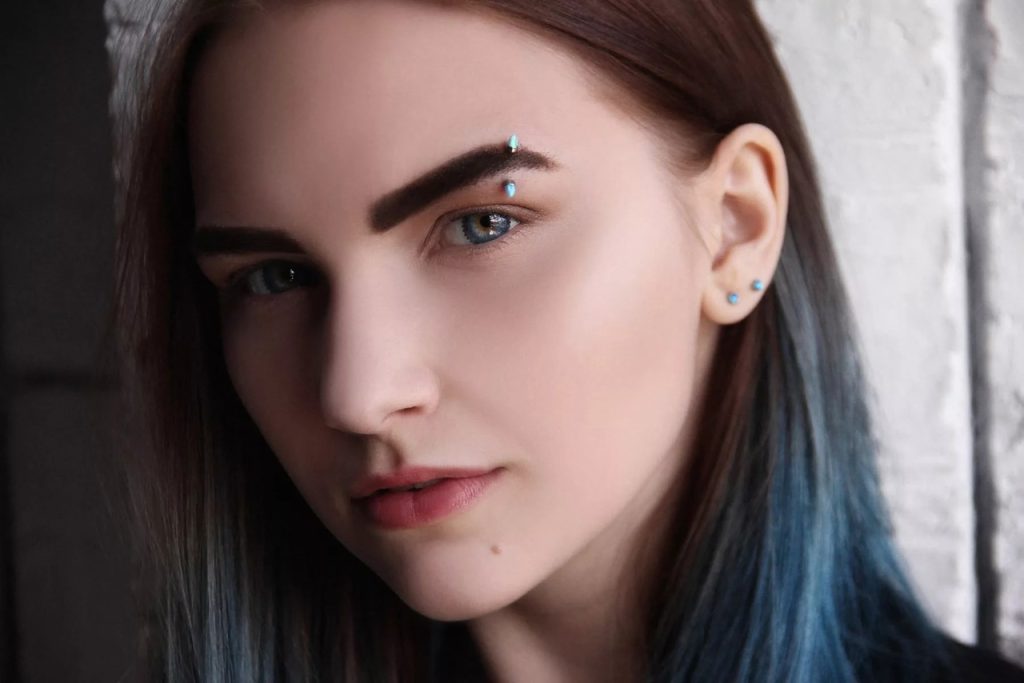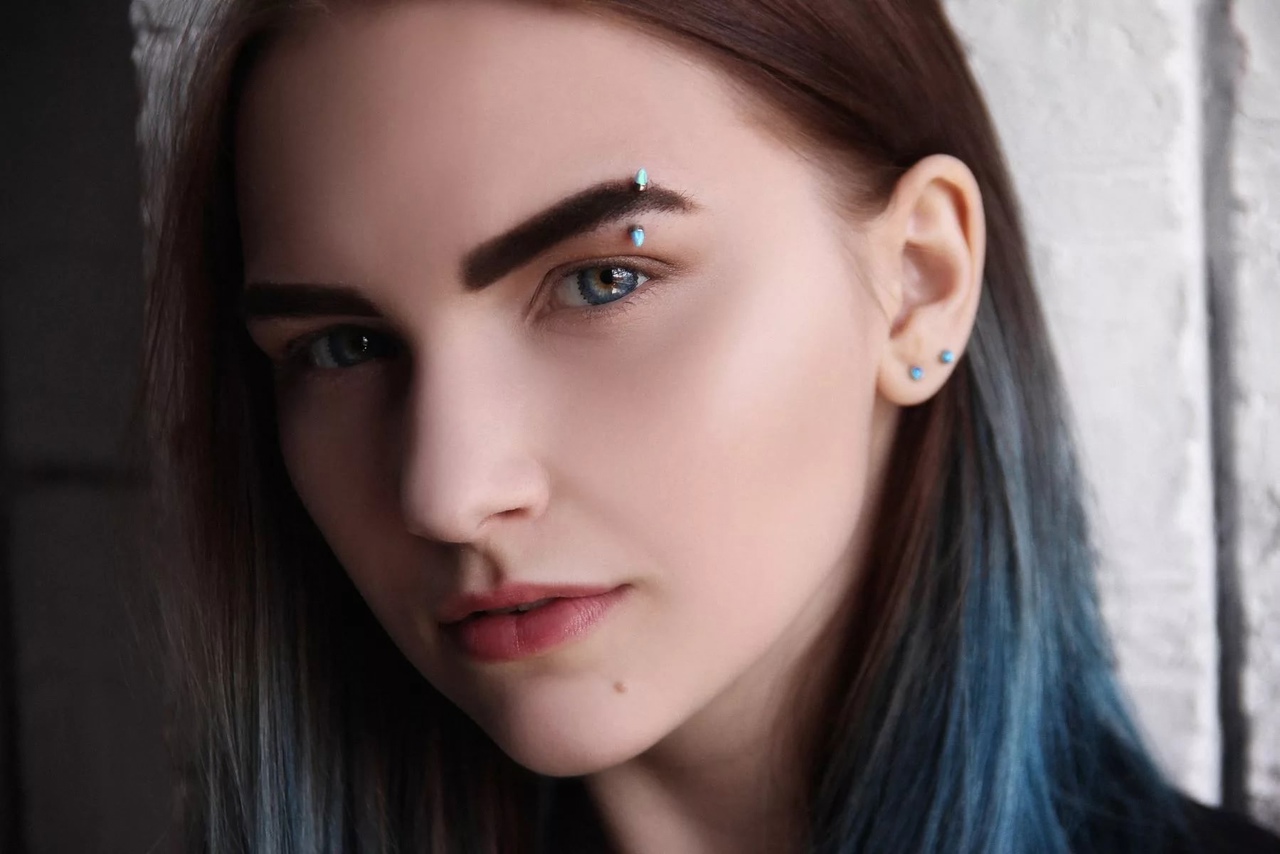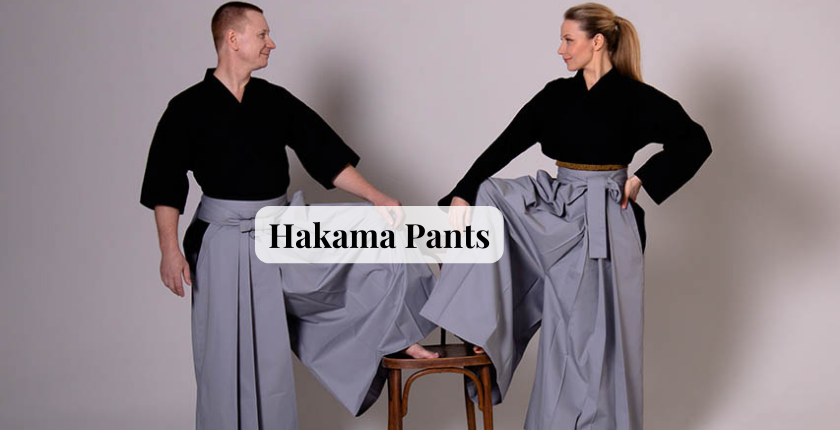Table of Contents
Got that brand new eyebrow piercing you’ve been wanting? Congratulations! But hold on – you might notice some swelling around the piercing site. Don’t panic! Swelling is a normal part of the eyebrow piercing healing process.
This blog post will explain why eyebrow piercings swell, how to tell if the swelling is normal, and what you can do to calm it down and promote eyebrow piercing aftercare.
Why is Eyebrow Piercing Swollen?

Eyebrow piercings create a small puncture wound in your skin. In response to this injury, your body sends white blood cells to the area to fight off any potential infection and begin the healing process. This influx of immune cells can cause inflammation and swelling around the eyebrow-piercing jewelry.
Several factors contribute to initial eyebrow piercing swelling:
Trauma from the piercing
The piercing process itself creates a small puncture wound in your eyebrow tissue. In response to this injury, your body sends white blood cells to the area to fight off potential infection and begin healing. This influx of immune cells can trigger inflammation and swelling around the piercing site. This initial swelling is a natural reaction and typically subsides within a few days.
Eyebrow piercing jewelry size
Professional piercers typically use longer jewelry initially for eyebrow piercings. This extra length accommodates the initial swelling and allows room for movement during healing. If the jewelry is too snug during this stage, it can irritate the piercing and worsen swelling.
Once the swelling subsides (usually after a few weeks), you should visit your piercer to have the jewelry downsized to a piece that fits more closely but still allows for slight movement.
Irritation

Touching your eyebrow piercing with unwashed hands can introduce bacteria that can irritate the wound and cause swelling. Similarly, using harsh soaps, cosmetics, or hair products near the piercing can irritate the delicate tissue.
Snagging the jewelry on clothing can also irritate and potentially tear the healing wound, leading to increased swelling. Maintaining proper hygiene, avoiding harsh products, and being gentle with the piercing are crucial to minimize irritation and swelling.
Fluid buildup
As your eyebrow piercing heals, your body produces a clear fluid called lymph. Lymph plays a vital role in flushing out debris and dead cells from the wound site, promoting healing. This fluid buildup can contribute to some swelling around the piercing, particularly in the initial stages.
The swelling should gradually decrease as the piercing heals and lymph drainage becomes more efficient.
Is Your Eyebrow Piercing Swelling Normal?
While some swelling is expected, it’s important to be able to distinguish between normal healing and a potential eyebrow-piercing infection. Here’s what to look for:
- Normal Eyebrow Piercing Swelling:
- Occurs immediately after the piercing and gradually subsides over the first 3-7 days.
- May be accompanied by slight bruising.
- The area around the piercing feels tender but not excessively hot.
- Abnormal Eyebrow Piercing Swelling:
- Becomes progressively worse after the first few days.
- Is accompanied by intense redness, throbbing pain, or a burning sensation.
- You experience pus discharge, which may be yellow, green, or bloody.
- You have a fever or swollen lymph nodes near your jawline.
If you experience any signs of abnormal swelling, it’s crucial to see a professional piercer or doctor immediately to rule out an infection. Early intervention is key to preventing complications.
How to Reduce Eyebrow Piercing Swelling?
While you can’t completely prevent swelling, here are some tips to minimize it and promote healing:
- Eyebrow Piercing Cleaning Routine: Clean your piercing twice a day with a sterile saline solution made specifically for wound care. Avoid using harsh soaps, alcohol, or hydrogen peroxide, which can irritate the piercing and slow healing.
- Cold Compresses: Apply a cold compress wrapped in a clean cloth to the piercing site for 10-15 minutes at a time, several times a day. The cold helps reduce inflammation and soothe discomfort.
- Leave it Alone: Avoid touching or playing with your piercing. This can introduce bacteria and irritate the area.
- Maintain Proper Hygiene: Wash your hands thoroughly with soap and water before cleaning your piercing or touching the area.
- Downsize Your Eyebrow Piercing Jewelry: Once the initial swelling subsides (usually after a few weeks), visit your piercer to have your jewelry downsized to a piece that fits snugly but allows for some movement. Leaving the longer jewelry in can irritate the piercing and prolong swelling.
- No Harsh Products: Avoid using harsh soaps, shampoos, conditioners, makeup, or hair products near the piercing as they can irritate the area.
- Sleep on Your Back: Sleeping on your stomach or side can put pressure on the new piercing and irritate it. Sleeping on your back is the best way to prevent irritation and promote healing.
Signs of Eyebrow Piercing Infection
While swelling is a normal part of healing, some signs might indicate an infection. Be aware of these red flags:
- Excessive Redness: The redness around the piercing spreads, worsens, or doesn’t improve after a few days.
- Pus Discharge: Yellow, green, or bloody pus oozes from the piercing site.
- Prolonged Swelling: The swelling worsens or persists for more than a week.
- Fever: You experience a fever along with other symptoms.
- Pain: The piercing site becomes increasingly painful, even at rest.
If you experience any of these signs, see a professional piercer or doctor immediately. Early diagnosis and treatment of an eyebrow piercing infection are essential to prevent complications like scarring or even keloid formation (raised scar tissue).
People also ask
Is it normal for an eyebrow piercing to swell?
Yes, swelling after an eyebrow piercing is normal due to the healing process. It usually subsides within a few days.
How do you reduce inflammation in an eyebrow piercing?
Clean twice daily with saline solution, apply cold compresses, and avoid touching it. Let your piercer downsize jewelry after initial swelling.
How do I know if my eyebrow piercing is infected?
See a doctor if you experience prolonged swelling, redness, pus discharge, fever, or intense pain.
Can I ice my eyebrow compress?
Yes, apply a cold compress wrapped in a clean cloth for 10-15 minutes at a time, several times a day, to reduce swelling.
Final Words
Eyebrow piercings are a popular form of body modification, but like any piercing, they require proper aftercare to ensure a smooth healing process. Swelling is a normal initial reaction, and by following the tips outlined above, you can minimize swelling and promote healthy healing. Remember, avoiding complications starts with a proper eyebrow piercing aftercare routine.




